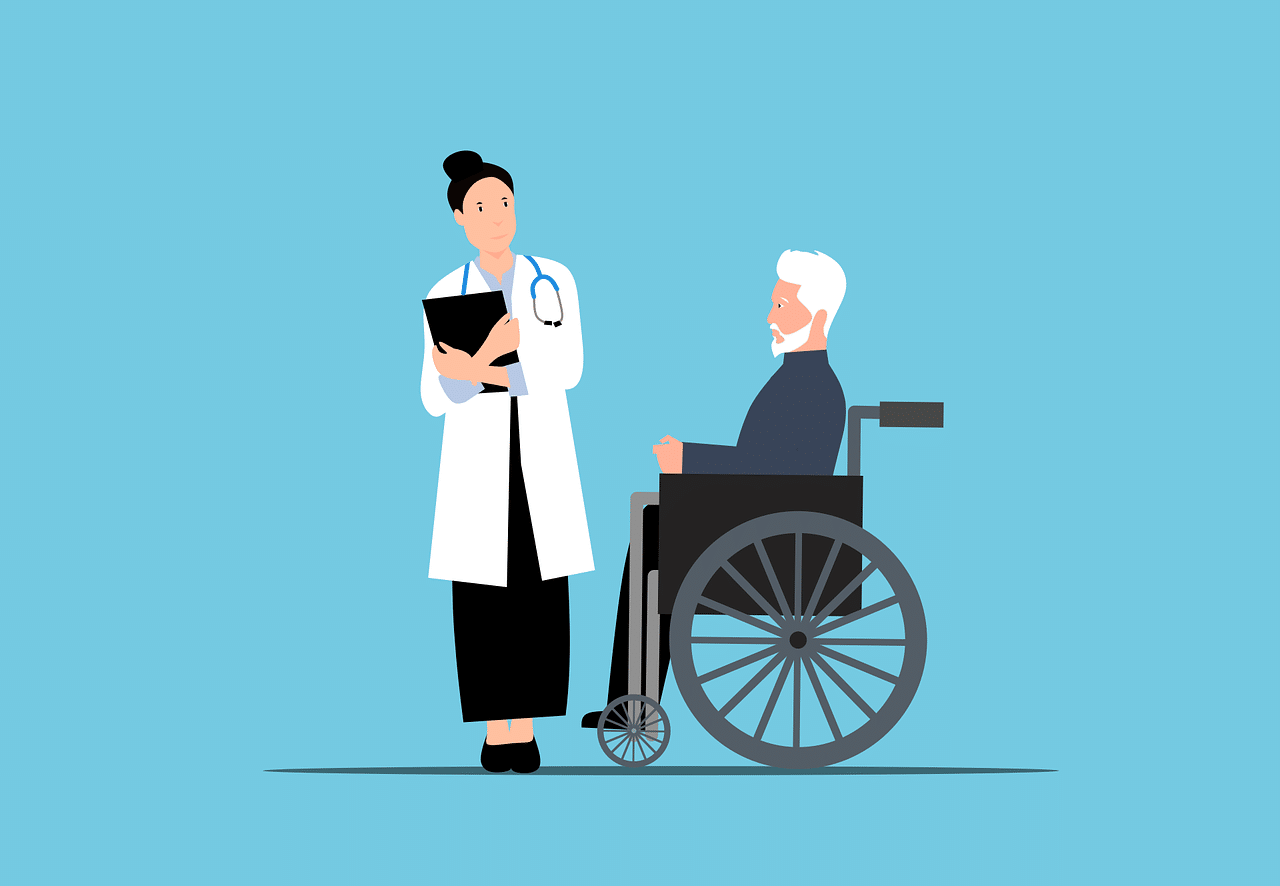
Ataxia is a disorder of the nervous system.
Ataxia is an alteration in the functioning of the nervous system . When the disorder affects the development of voluntary movements, it is classified as locomotor ataxia , according to what is detailed in the dictionary of the Royal Spanish Academy ( RAE ).
Those who suffer from ataxia have problems coordinating the movements of different parts of the body. In addition to movements of the legs, arms, hands and other sectors, ataxia can also affect swallowing and the action of moving the eyes, for example.
The cause of ataxia is found in the nervous system . When the origin is in the cerebellum, it is called cerebellar ataxia . Ataxia is generally considered a clinical sign of other diseases and conditions (head trauma, brain cancer, etc.), although there are also specific diseases known as ataxias.
Friedreich's ataxia
Friedreich's ataxia , for example, is a neurodegenerative and hereditary disease that causes progressive damage to the dorsal spinal ganglia and the cerebellum . Among its effects are lack of coordination of movements, decreased sensitivity and scoliosis .
The cause of this type of ataxia is found in an abnormality or defect in a gene called frataxin that leads to excessive production of trinucleotide repeat (GAA), a specific part of DNA. Typically, the body has a minimum of eight and a maximum of thirty copies of GAA, but in patients with Friedreich's ataxia there may be more than a thousand. The impact of this factor is very high: the greater the number of copies, the sooner the disease will manifest and the faster the person's deterioration will be.
It is important to note that Friedreich's ataxia belongs to the group of autosomal recessive genetic disorders; This means that to contract this disease it is necessary to inherit a copy of the abnormal gene from each of the parents.

Ataxia can cause vision problems.
Your symptoms
The symptoms of Friedreich's ataxia, which usually appear before puberty, occur due to the wear and tear of certain parts of the spinal cord and brain that are responsible for functions such as controlling muscle movement and coordination. Among the most common are:
- Speech problems.
- Alterations in vision, especially in color vision.
- Reduced ability to perceive vibrations in the legs.
- Foot disorders , including high arches and hammertoe.
- Approximately 10% of people experience hearing loss.
- Loss of balance and coordination that usually leads to frequent falls.
- Instability in gait, with a tendency to worsen.
Studies in patients with Friedreich's ataxia
Some of the tests that doctors typically perform on patients with Friedreich's ataxia include: electrocardiography, electromyography, nerve conduction tests, muscle biopsy, computed tomography, chest x-ray, and electrophysiological studies.
Eye tests can reveal damage to the optic nerve, which usually causes no symptoms, while blood sugar tests can detect glucose intolerance or diabetes.
Since there is no cure for Friedreich's ataxia, it is only possible to improve the quality of life of patients. For this, there are treatments such as speech therapy , physiotherapy and assistance in using a wheelchair.
Louis-Barr syndrome
Louis-Barr syndrome , which is also known as ataxia-telangiectasia , is another hereditary type of disease . In this case, it is caused by a mutation that appears in the ATM gene , located on chromosome 11 .
The lack of coordination is compounded by skin discoloration, spasms and seizures. It should be noted that ataxia-telangiectasia can be divided into classic or non-classic according to its characteristics.
